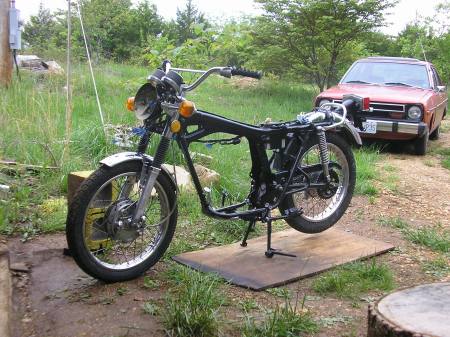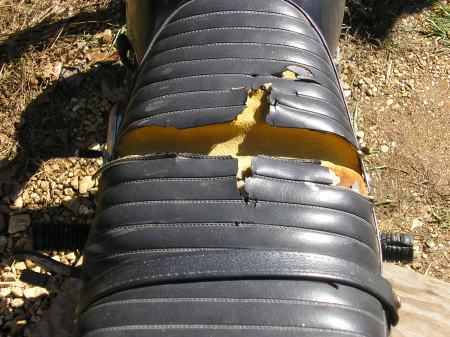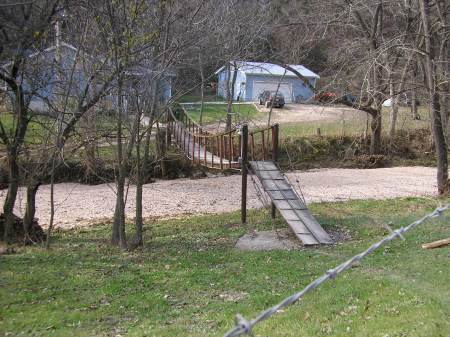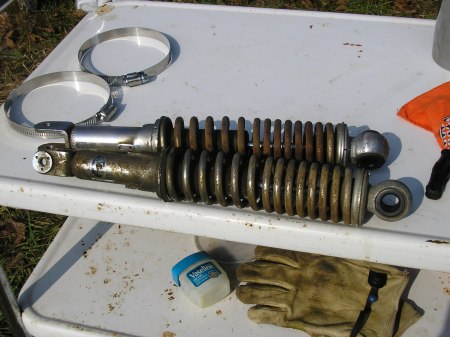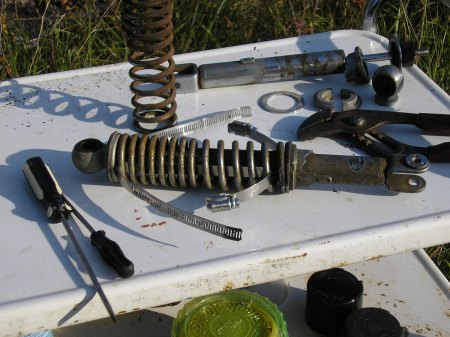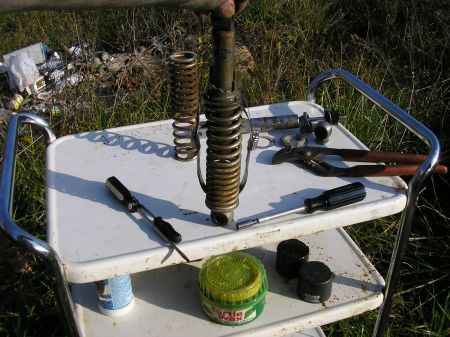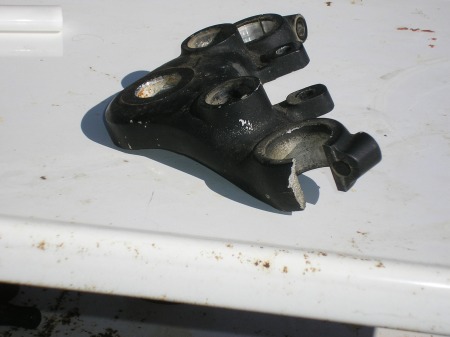It’s been springtime weather the last couple of days, dark and a bit rainy. Still, the last of the paint-the-little-parts is done, so there is nothing left but to bolt the puppy together. I started by scoring a big win, in that I finally got the fork lock to work. Then I went to the other key item (ignition switch), cleaned and readied it for install, sprayed with silcon, and insterted the key to lube it up. Then I couldn’t get the key out !! Really I tried, and tried …. Ended up having to dismantle to remove the key and … I don’t wanna explain lock cylinders to ya, but they have lots of teeny-tiny parts. And there is a small spring running loose in my house, but I did get the key out. I’m gonna defer to an expert and visit Jay Lock & Key.
I finally got the correct steering stem arrived and headlamp ears. One reflector is busted and that is the one that’s seriously rusted up, so I had to hack saw the thing off. Headlamp cracks are repaired and looks nice with new paint. I have to admit that the thin plastic headlamp bucket is the only cheap thing I’ve found on the bike.
Anyway, there are tons of things installed on the bare-naked frame and it’s beginning to look like a motorcycle.
I’m heading into the local ‘big city’ to visit Shamrock Bolt & Screw to get nice shiny new bits for the side cases and the occasional thing that is missing. I can buy them online, but I have to go anyway to get needle and thread for the Standard sewing machine so I can sew up the seat cover.
The box of bagged items is almost empty, the one for items like ignition stuff can now get installed and tested since the wiring loom and battery are ready to go.
Beginning to look good to me, so I’m opening up a beer and gonna admire for a bit before I start cleaning and installing electrical bits that go from the loom backwards toward the battery. Next day the sun is out I’ll try to get a shot of the official ScoottaaShack Wren who has taken up residence. She doesn’t like my wandering in and out, but she is tolerating me. She seems not to be offended by my country music.
